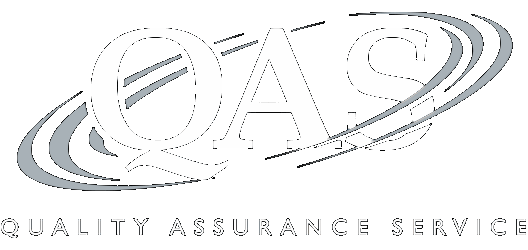Exempt/Non-Exempt Joint Ventures: Furthering Exempt Purpose Through Partnerships With For-Profit Companies
Protecting Exempt Status, Avoiding UBTI, Structuring Considerations and JV Alternatives
Recording of a 110-minute CPE video webinar with Q&A
This course will give nonprofit advisers and tax professionals a practical guide to the rules governing joint ventures between tax-exempt organizations and for-profit entities. The panel will discuss the control requirements for determining the tax treatment of joint venture proceeds, detail the UBTI rules as they apply to joint ventures, and offer valuable tools for helping exempt organizations avoid IRS sanctions for prohibited activities.
Outline
- The IRS position on exempt/non-exempt joint ventures
- Criteria for documenting exempt organization control over joint venture operations
- Available structures for exempt/non-exempt joint ventures
- Alternative approaches to affiliation
- UBTI rules as applied to joint ventures and other affiliations
- Structuring suggestions
Benefits
The panel will discuss these and other relevant topics:
- Necessary elements of a joint venture agreement between an exempt organization and a for-profit company to avoid risk to the nonprofit entity
- Risks beyond UBTI for an exempt organization operating a joint venture
- Alternatives to a formal joint venture that an exempt organization may consider in partnering with for-profit entities
- Avoiding UBTI and excess benefit issues in exempt/non-exempt joint ventures
Faculty

Ryan Oberly
Partner
Wagenmaker & Oberly
Mr. Oberly is a partner in the firm and represents a diverse group of tax-exempt organizations, including public... | Read More
Mr. Oberly is a partner in the firm and represents a diverse group of tax-exempt organizations, including public charities, private foundations, religious and educational institutions, trade associations, social clubs, and social enterprises. From start-ups to complex corporate and tax planning, he works with clients to protect tax-exempt status, facilitate organizational growth, and manage risks. He has successfully represented clients in IRS audits, state attorney general investigations, and other diverse crisis situations.
Close
Elka T. Sachs
Partner
Krokidas & Bluestein
Ms. Sachs concentrates her practice on the corporate, transactional and tax needs of the firm’s clients. She... | Read More
Ms. Sachs concentrates her practice on the corporate, transactional and tax needs of the firm’s clients. She represents non-profit and public entities, including health and human service providers, charter schools and other educational institutions, and financial institutions which lend to non-profits and public entities.
Close
